Vivian Kanargelidis dares to be different
The ever-increasing demand for sustainable architecture design is affecting virtually every production industry related to modern building development.
Shading and daylighting solutions are no exception to this. And developing and innovating improvements in solar control is a priority for Vivian Kanagelidis, the President and CEO of Sun Glow Window Covering Products of Canada Ltd.
Since taking the reins of the family-owned business in 2006 after the passing of her father, Kanargelidis has built on his legacy as an innovator and brought her own entrepreneurial skill-set into the mix.
With a background as a Chartered Accountant she also has diverse business interests – from ownership and management of rental properties, bed and breakfast homes in Niagara-on-the Lake, as well as founding Canada’s first and only Thomas Kinkade Signature Gallery in Yorkville. Kanargelidis also finds time to assist the Canadian Decorators’ Association as its Director of Finance.
The shift in attention to Sun Glow, while challenging, did not prove overly daunting for Kanargelidis. She quickly started an agenda of modernizing every aspect of the company from internal processes to providing new cutting-edge products for the sustainability revolution. Fast forward six years and the results of her efforts are clear to see. Sun Glow has participated in multiple award winning projects and several product innovations in the solar control industry.
One such innovation that Sun Glow has recently developed in-house is a roller shade operating system designed specifically for the contract market. Dubbed V-Series™, this feature rich system is fully-assembled, modular, and boasts an abundance of ergonomic design elements, from installation to everyday usage.
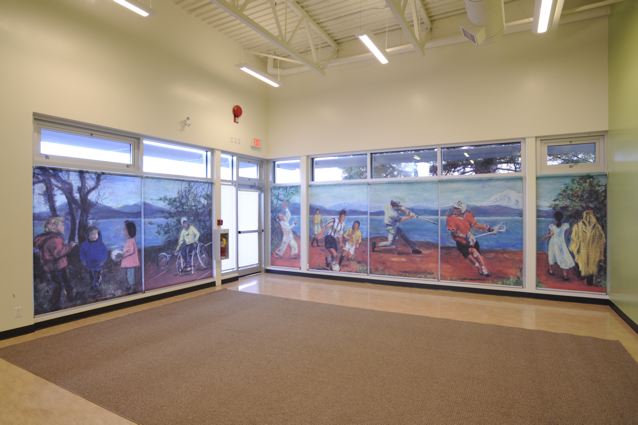
Sun Glow is also home to MAX™, the world’s largest roller shade. Typically, roller shade systems are limited in size due to tube deflection and limited roll-up space. MAX™ handles both of these issues elegantly with one piece of engineering genius. It features floating suspension system and provides uniform support across the breadth of the shade allowing for massive 12m (40′) widths and lengths up to 9m (30′). When installed externally, MAX™ slashes energy costs by reducing HVAC loads by up to 60 per cent.
Another Sun Glow innovation that has been designed specifically for the health care market is the NEO™ Chainless Safety Shade. This system was used extensively with the recently completed CAMH redevelopment project. It is ideal for applications where ligature issues are a concern because no part of the shade can be removed and its touch based controls eliminate the need for a chain or cord for operation.
These versatile systems provide intuitive controls and eliminate the application limitations inherent in the prior generations of shading systems.
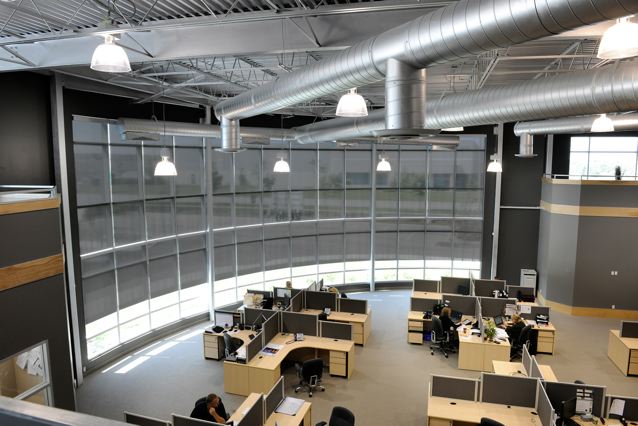
But to yield the full benefit of today’s systems, smart fabric selection is a must. Sun Glow has assembled a wide variety of textile options, both technical and decorative, each meeting a solar shading need. The newest additions are the Eco Series™ fabrics. The ultimate in sustainability these fabrics provide incredible heat, glare, ad UV protection and have other desirable qualities such as being PVC and VOC free, available in wide roll widths for large window spans and are 100% Trevira CS fibres, inherently flame retardant.
To cater to the more creative, personalized, one-of-a-kind applications, Sun Glow offers the Artisan collection, featuring trims and pulls as well as Swarovski Elements; Graphic Shades and Expressions involve the custom printing of images, patterns, logos as directed by the clients, on window treatment fabrics and wallpaper.
“Everything is done in-house enabling designers to create unique custom designs for clients that reflect their personality or lifestyle in a residential application or desired themes in a commercial application,” says Kanargelidis.
In addition to the product innovations, Kanargelidis is continuing to improve upon accounting, inventory control and production management software throughout the company with the goal of becoming completely paperless.
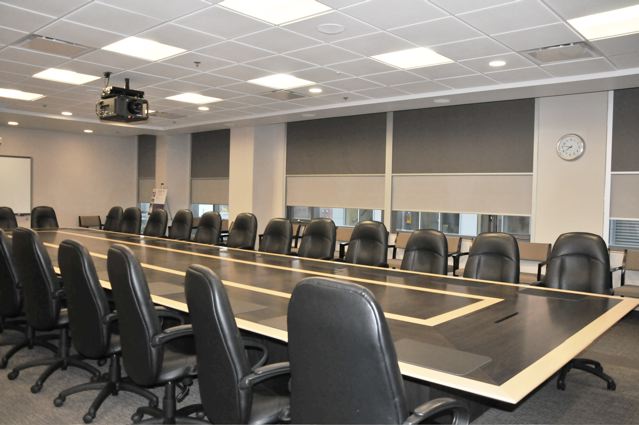
She has acquired sophisticated production machinery, one of the first in North America which has significantly bolstered production capabilities, especially when dealing with large contract orders. In order to manage these large projects, Sun Glow has developed a team of contract specialists that assist clients in specifying even the most complex projects from manual systems to completely automated and building management systems.
Kanargelidis’ remarkable accomplishments with Sun Glow are the result of her unexpected foray into the solar control industry. Her leadership and determination ensure Sun Glow’s continued prominence as an innovator in an ever-evolving marketplace.
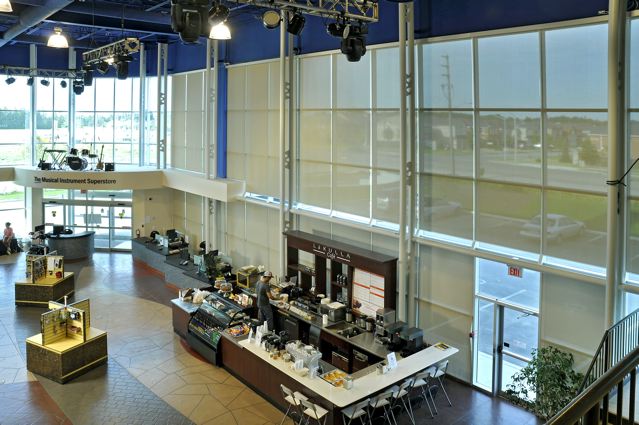
Sun Glow Window Covering Products of Canada Ltd. was founded by Kostas Kanargelidis, Vivian’s father, in 1983 as a distributor of quality components and fabrics to the window treatment industry and a manufacturer of custom, solar shading products to its network of dealers and retailers. Sun Glow has become a leader in innovation for the contract market while continuing to serve its distribution and dealer business.







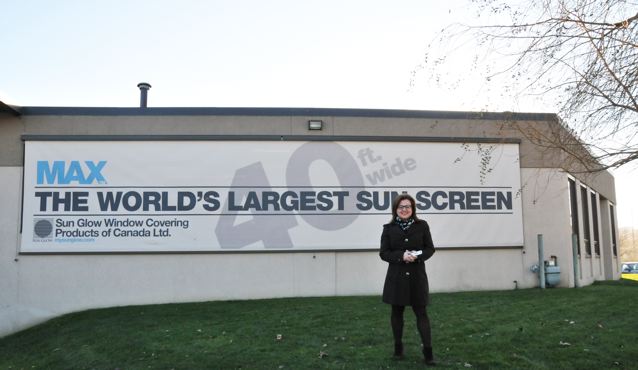

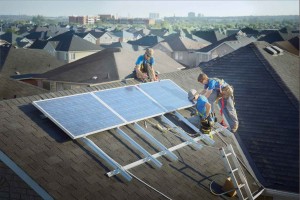




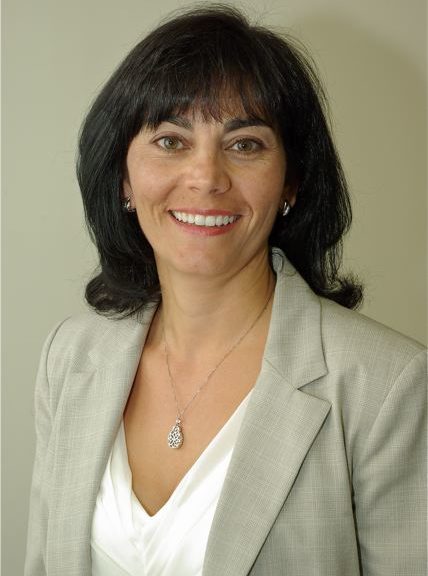


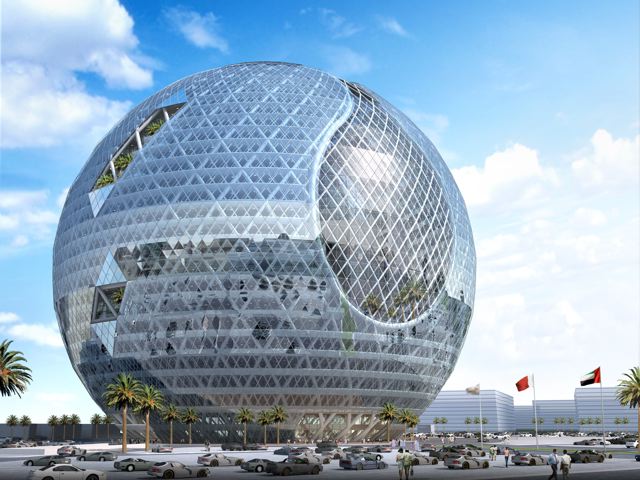
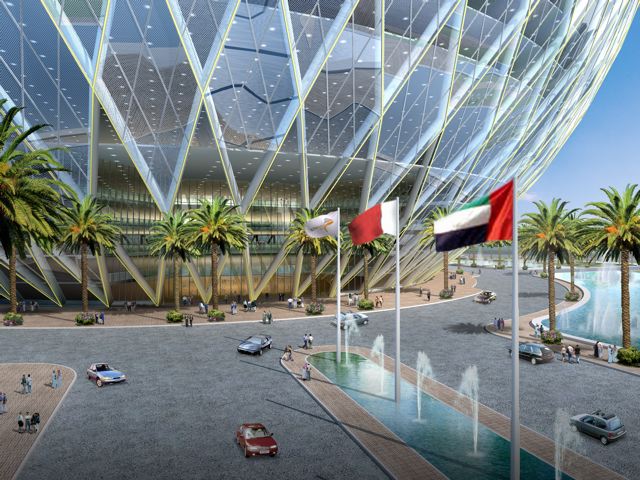
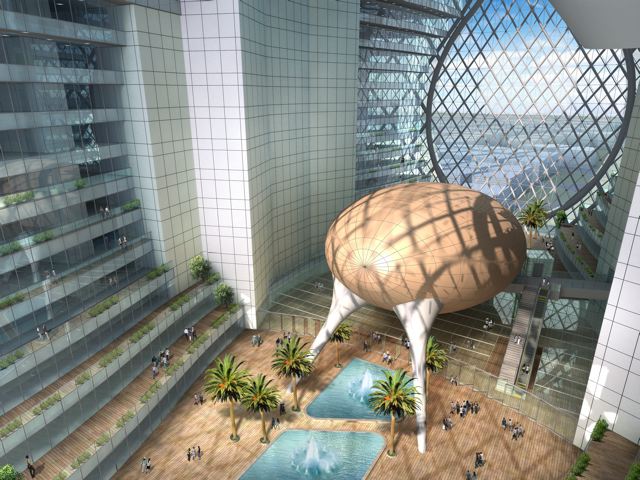
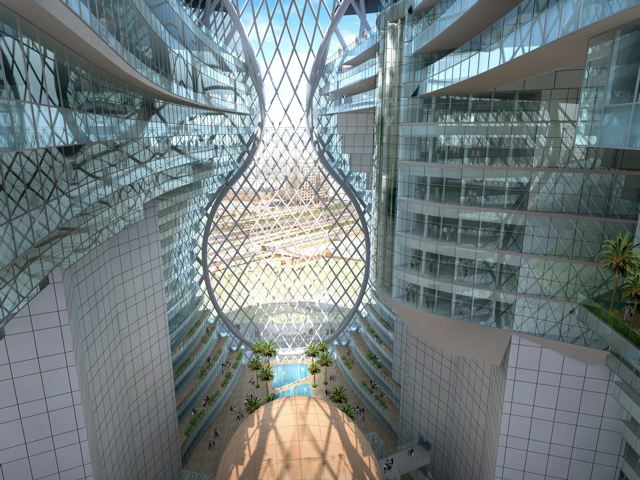

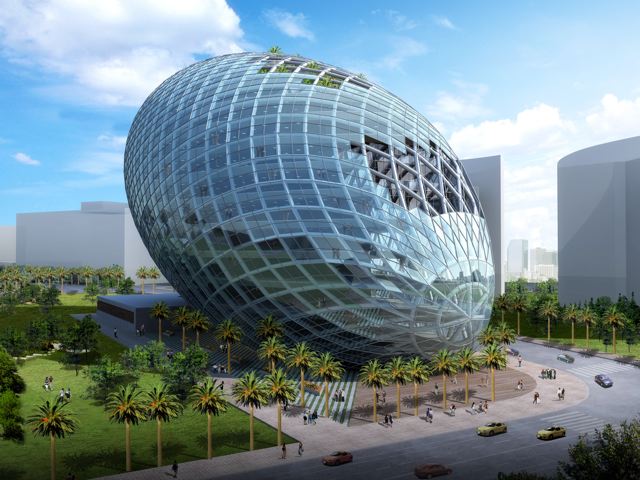
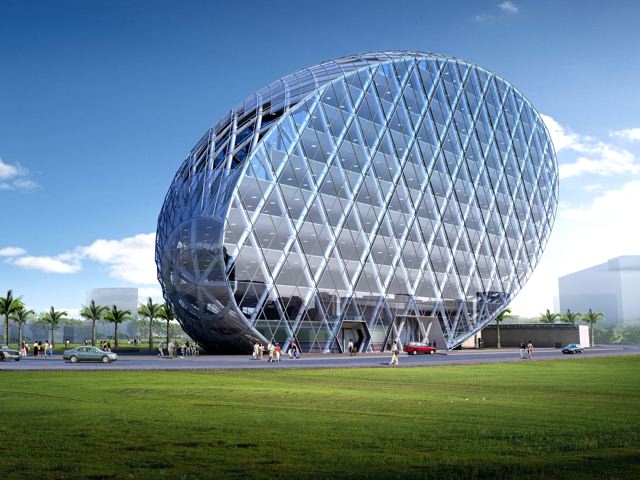
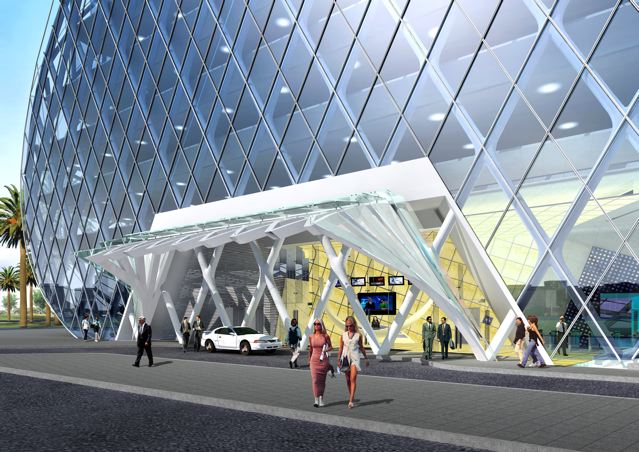
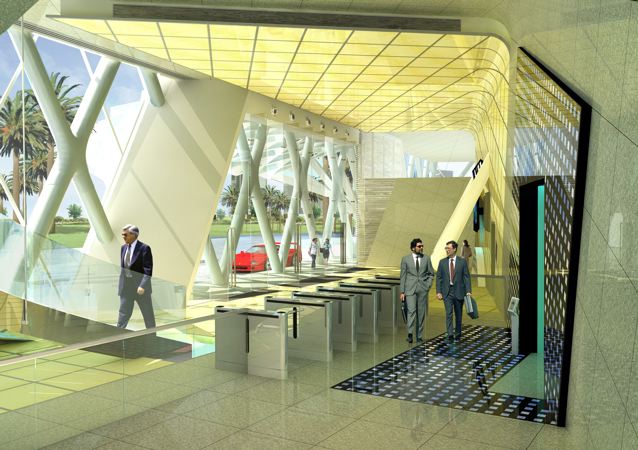
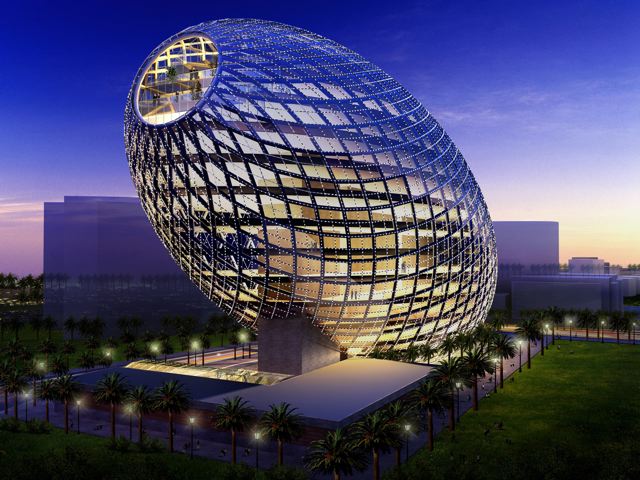
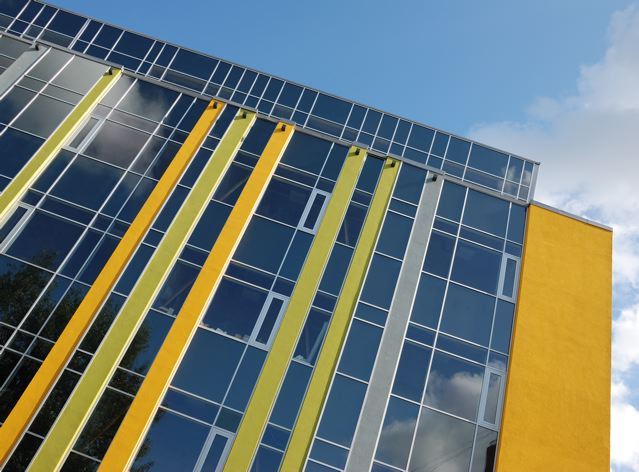
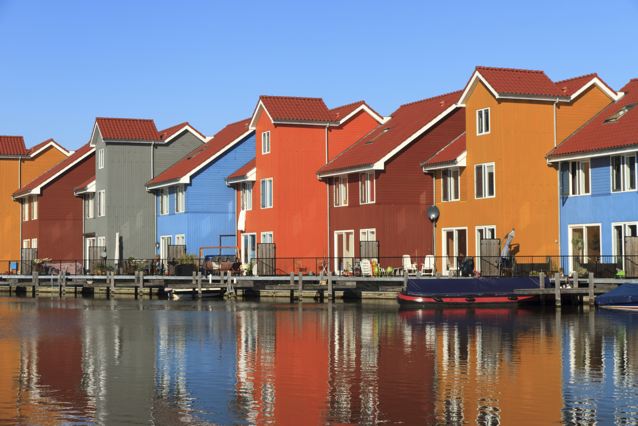


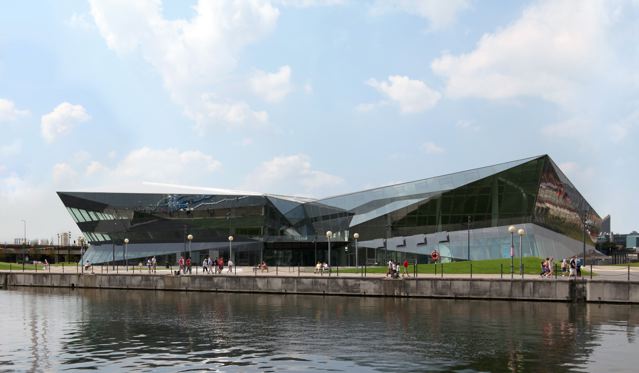
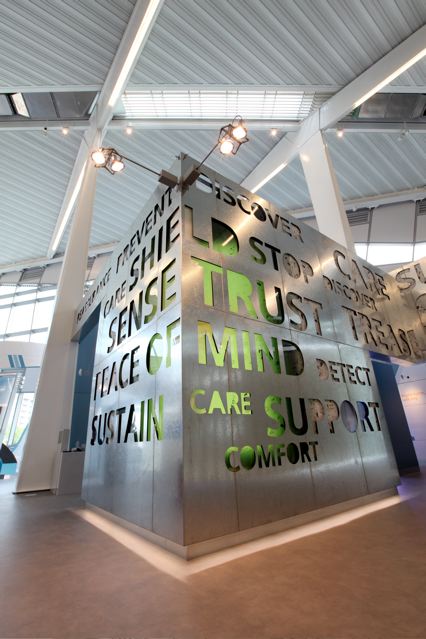

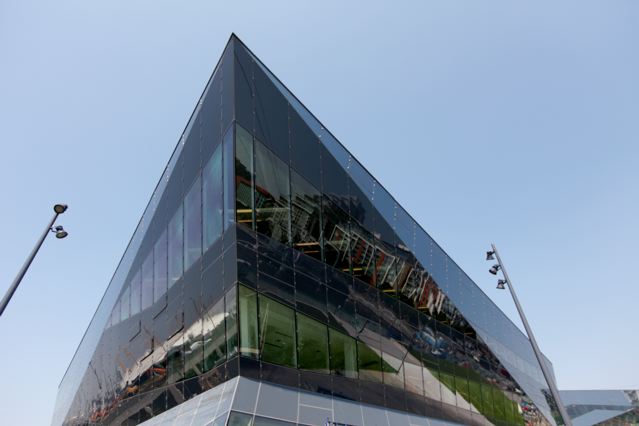

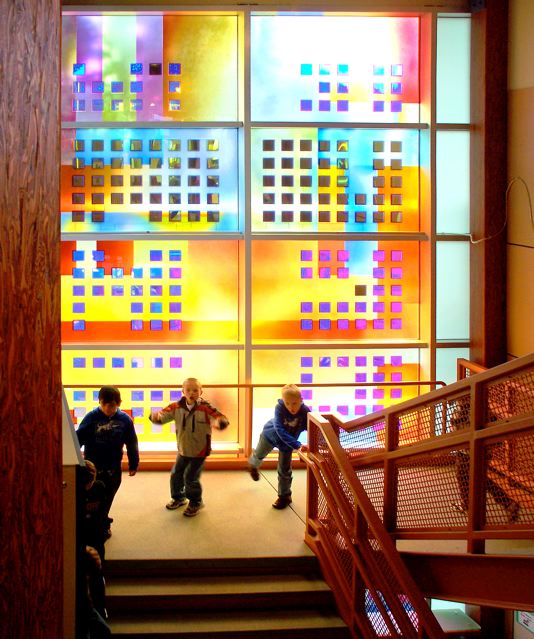
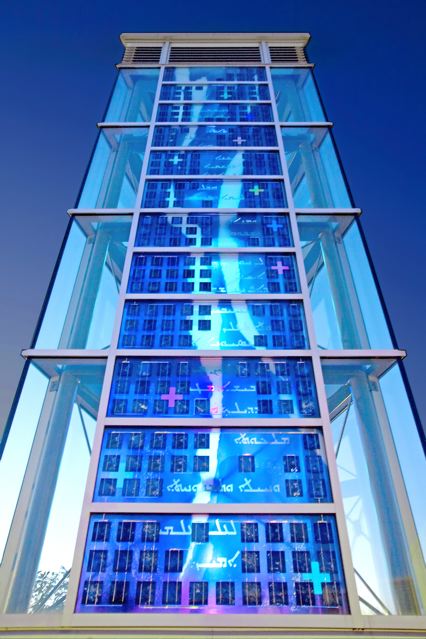
 z
z

